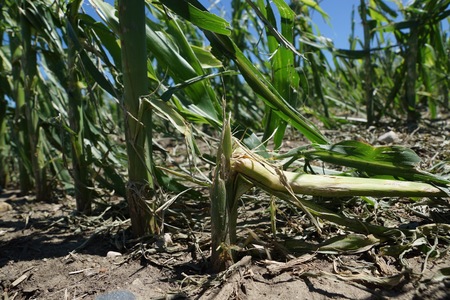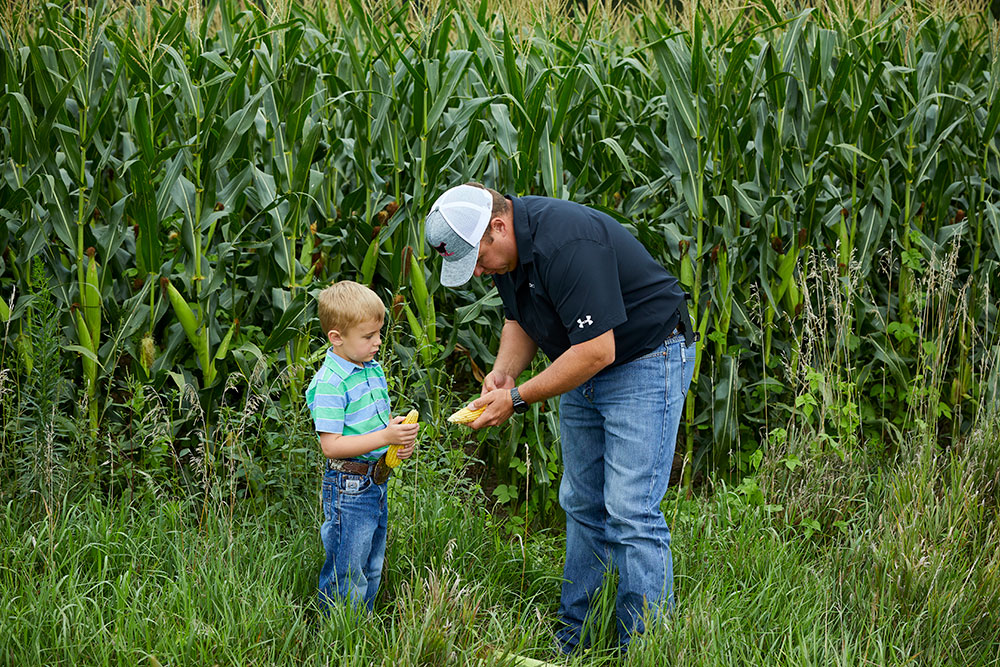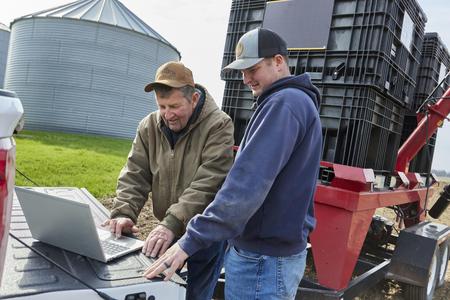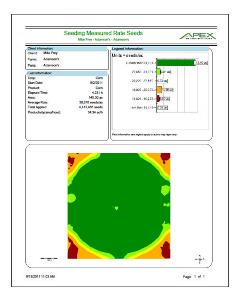Mega Menu
Mega menu is possible in BS5 but we will need to create a custom template layout for the navigation widget. The following is a hard-coded example.

Font Awesome 6
FA6+ icons will work on all widgets.
The FMH Icon box will need a new version created because the styling is broken in Bootstrap 5 templates (this has nothing to do with FA).
FMH Icon Widget
Icons can now be used in Content blocks by pasting the HTML tags from www.fontawesome.com into the HTML editor.
Here are some new icons from Font Awesome 6
face-awesome
envelopes
wheat-awn
Bootstrap Components
Code snippits from http://getbootstrap.com pasted into Content Blocks.
h1. Bootstrap heading
h2. Bootstrap heading
h3. Bootstrap heading
h4. Bootstrap heading
h5. Bootstrap heading
h6. Bootstrap heading
Nav Tabs
Nav Pills
Accordion
.accordion-body, though the transition does limit overflow.
.accordion-body, though the transition does limit overflow.
.accordion-body, though the transition does limit overflow.
Tables
| # | First | Last | Handle |
|---|---|---|---|
| 1 | Mark | Otto | @mdo |
| 2 | Jacob | Thornton | @fat |
| 3 | Larry the Bird | ||
Alerts
Image Carousel
Modals
Sitefinity Widgets
Default, out of the box, Bootstrap 5 templates available for widgets.
The navigation template used above is called Horizontal.
Navigation Widget - Tabs Template
Navigation Widget - Pills Template
Breadcrumb


List Widget - Expandable List Template
Precision Claims FAQs
List Widget - Simple List Template
Crop Claims Reminders
-
How To Report MPCI Claims
-
MPCI Claim Reporting Deadlines
-
Appraisals
-
Production Records by Unit
-
Production Delivered to a Commercial Elevator
-
Production From Precision Farming Technology Systems
-
Production Weighed and Farm Stored
-
Authorization for Load Records, Storage Structure Marking, or Combine Monitor Records
-
Fed Production
-
Quality Adjustment
-
What is a Simplified Claim?
-
What can insureds do to expedite the claim process?
List Widget - Anchor List Template
Quality Control Review FAQ
- What can an Insured do to prepare for a review?
- What can Agents do to prepare for a review?
- How does the review process begin?
Quality Control Review FAQ
What can an Insured do to prepare for a review?
Third party documentation (i.e. summary/settlement sheets from the elevator) is required when applicable and available. Insureds are expected to have available hard copy records that will 1) support the total production raised for the crop/county/year being reviewed and 2) that can demonstrate how production was kept separate between various units, practices and types (if applicable).
Insureds will also want make themselves available to meet with the quality control reviewer as the reviews will need to be completed before the claims can be processed.
What can Agents do to prepare for a review?
How does the review process begin?
Documents List - Documents List Template
Documents List - Documents List Template
| Title | Type | Size | |
| 602 KB | DownloadFMHQ Release 2 Guide | ||
| 405 KB | DownloadWFRP Checklist for Agents 2026 | ||
| 504 KB | DownloadWFRP Policy Provisions 2026 | ||
| 3231 KB | DownloadWFRP Handbook 2026 | ||
| 203 KB | DownloadECO_MCO_SCO_Coverage Comparison Flyer |
News Widget - News List Template
News list template is the only template available by default.
Farm Bill Implementation On Track
 According to Ag Secretary Tom Vilsack, the USDA is on schedule with implementation of the crop-related commodity programs in the Farm Bill.
According to Ag Secretary Tom Vilsack, the USDA is on schedule with implementation of the crop-related commodity programs in the Farm Bill.
Visack announced the ARC (Agricultural Risk Coverage) and PLC (Price Loss Coverage) regulations in late September, along with the new online decision guides to help producers choose between the new programs.
ARC and PLC are new FSA programs beginning for the 2015 crop year. Producers must choose one of the new programs as part of their crop insurance plans; however, producers are able to enroll different commodities into different programs. The election period to choose a program is November 17, 2014 through March 31, 2015.
Vilsack also expressed his surety that the ARC and PLC programs will help provide a strong safety net for crop farms as they move into what some economists predict could be an extended period of lower prices.
“I’m confident this is a good, solid farm bill that’s going to provide the protection needed to ensure that folks can stay in business regardless of the size of the operation,” he said, “and, hopefully, we’re going to see an expanded opportunity, particularly for young and beginning farmers.”
The Farm Bill added new provisions for new or beginning farmers that include waiving administrative fees for catastrophic or buy-up coverages, and premium subsidy assistance.
“It’s critical that [farmers] have crop insurance options to effectively manage risks and ensure that they do not lose everything due to events beyond their control,” Vilsack said. He also added that USDA has made it a priority to ensure the Supplemental Coverage Option (SCO) was available to help farmers in this upcoming crop year.
SCO is a county-level optional endorsement that covers a portion of losses not covered by the same crop’s underlying policy. SCO will be available for corn, cotton, grain sorghum, rice, soybeans, spring wheat, and winter wheat in select states/counties for the 2015 crop year. The USDA continues to release maps of the available counties for SCO and plans to expand the product into more counties and crops for the 2016 crop year.
Blog Posts Widget - Blog Posts Lists Template
-
Reporting Acreage with FMH Precision Solutions
Many policyholders already collect precision ag data during planting. Put that data to work to report acreage for crop insurance with FMH Precision Solutions.Full story -
Prepping Your Customers for Planting with Precision
Help your farmers use the precision data they're already collecting to simplify planting and reporting this spring.Full story -
Q&A with an FMH Precision Tech Specialist
Learn how our expert staff supports agents getting started with Precision SolutionsFull story -
Traditional vs. Precision Claims: What Are the Differences?
Oct 16, 2023, 14:01 by Eric RicheLearn how Precision Solutions can lead to simplified claims and easier APH reviews for your customers.Full story -
See How Precision Solutions Saves Premium and Improves APH
See the difference with examples from our recent FieldView™ Partner Connect webinar.Full story



